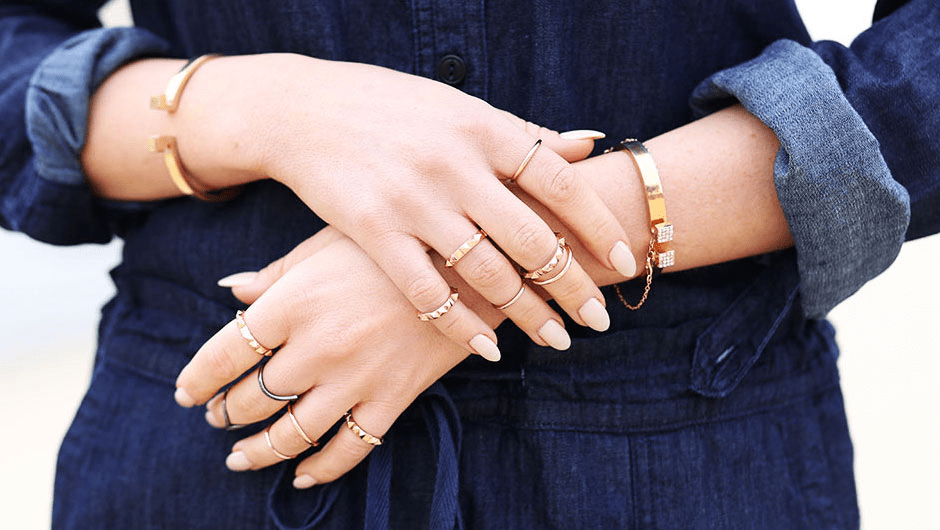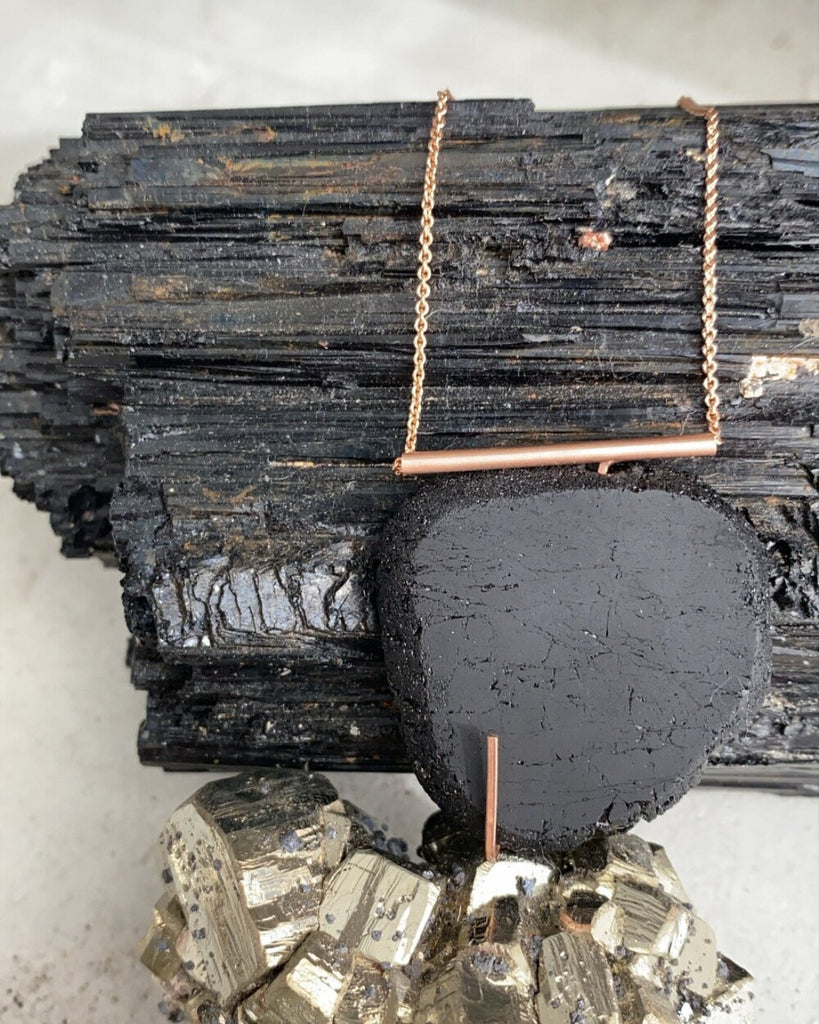Common Jewelry Allergy Causing Metals

Did you ever buy a ring as a child and found out that it caused your skin to turn green the next week? If so, you are not alone; many people have a degree of sensitivity when it comes to jewelry metals. There are various reasons why an allergic reaction can occur. Today Enji wants to go over the most common types of allergy causing jewelry metals and some helpful hints on how to prevent and avoid your allergies.
Nickel/ Stainless Steel
Nickel is one of the most common metals to cause a reaction. Nickel is an inexpensive metal and is usually found in cheap costume jewelry or novelty items you might find at gift shops. Most reactions occur when the metal comes into contact with skin's acids or oils and produce an allergic reaction such as skin coloration.
Common signs of an allergic reaction are also itchy, red rash with watery blisters where there has been contact with this metal. Nickel is often plated in gold or silver and can still cause reactions if the nickel underneath is exposed to the skin.
Stainless Steel also containing traces of nickel and should be avoided as it too can cause similar reactions. If you have this allergy it is best to buy quality jewelry that contains no nickel traces.
Copper/ Brass
Copper and brass are one of the main culprits when your finger turns green. These easy available metals are found in lower end jewelry and are usually plated or mixed with other metals.
The popular rose gold color is often made with copper to give it that beautiful pink color and unfortunately, might be the cause of your allergic reaction. It also makes sense you would be allergic to brass as it is a mixture of copper and zinc.
Avoid copper and brass products until you know if you are fully allergic to copper and its alloys.
Gold/ Silver
Like I mentioned above many people believe that gold and silver are the answer to their allergies, but don’t realize that their jewelry might only be plated in gold or silver. Regular wear and tear of jewelry can expose the skin to the nickel or copper under the plating and still cause allergic reactions.
White gold for example is also mixed with nickel to give it a bright white color. To avoid possible allergies, it is best to buy jewlery fully made from silver or gold instead of plated.
Look for the gold karats in jewelry aiming for 14K or higher, as you can to ensure that it is mostly gold. Sterling silver should have a stamp indicating Sterling 925 signifying that it is 95.2% silver.
Quick Fix and Prevention
Obviously, the best way to prevent an allergic reaction is to check the metal of any jewelry you buy. But if you happen to find a ring you love that isn’t exactly 100% silver here are a few ways to prevent allergies.
- Avoid washing your hands with jewelry on. Soap and water can scratch the metal and expose your skin to an allergic reaction.
- Take jewelry off before any physical activities that can involve water, harsh chemicals, and dry hands before putting on jewelry
- Take care of jewelry to prevent scratches and store properly to avoid deterioration or oxidation.
- Wear jewelry only when you must. There is no need to overexpose yourself to allergies if you are at home by yourself. The whole point of jewelry is to show it off.
- If you do have a ring or small piece that gives you consistent allergies consider a temporary solution of clear nail polish. Painting the area of jewelry where it meets your skin will create a protective and clear barrier and prevent allergies. However, the clear nail polish will only last a few days and should be kept clean and dry.
Sources:
https://www.charlesandcolvard.com/blog/post/metal-allergies-solved-a-guide-to-skin-friendly-jewelry/
https://www.dermnetnz.org/topics/jewelry-allergy/





